03059: Comparison of Sedated Respiratory-Gated Computed Tomography (CT) to Anesthetized Inspiratory:Expiratory Breath Hold CT in Dogs
Grant Status: Open
Abstract
Performing chest x-rays is the most common type of imaging test in general practice to help diagnose respiratory disease in dogs. However, despite its common use, it has substantial limitations including underestimating and sometimes failing to diagnose important lung and airway diseases. This in turn can lead to failure to start appropriate therapy, administration of inappropriate therapy, and provision of incorrect prognosis. Chest computed tomographic (CT) scans have superior capabilities when performed under general anesthesia with ventilator-assisted breath holds. General anesthesia may be declined in more severely affected dogs with respiratory disease because of perceived risk. As a surrogate, sedated CT scans without control of the phase of respiration have been advocated. However, like x-rays, these also have important shortcomings providing misleading and missing information, including for two devastating diseases of dogs: pulmonary fibrosis (end-stage lung) and bronchomalacia (collapse to small airways within lung lobes). This study proposes to modify the sedated CT scan to include respiratory gating, a technique using a belly band and computer software to identify the peak of inspiration and valley of exhalation. The goal is to determine if a sedated respiratory-gated CT scan provides the same information as an anesthetized ventilator-assisted breath hold CT scan in dogs with respiratory disease. Results of the study will help improve diagnosis, better characterize natural progression of disease, and set the stage for clinical trials to evaluate new treatments for a variety of respiratory disorders, including pulmonary fibrosis and bronchomalacia.
Publication(s)
None at this time.
Help Future Generations of Dogs
Participate in canine health research by providing samples or by enrolling in a clinical trial. Samples are needed from healthy dogs and dogs affected by specific diseases.



